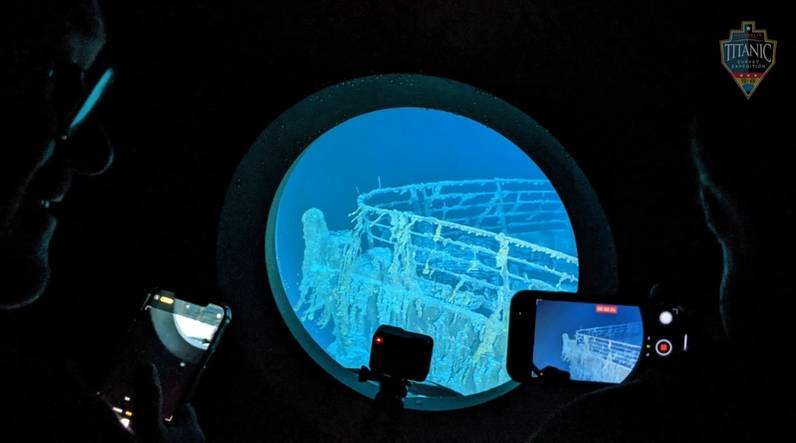Inmarsat's Satellite Services for OceanGate Expeditions' 2022 Titanic Survey Expedition
OceanGate Expeditions has announced Inmarsat as the satellite service provider for the 2022 Titanic Survey Expedition.
Inmarsat’s Fleet Xpress high-speed satellite service will enable OceanGate Expeditions’ at-sea crew to instantly connect with scientific and operational resources anywhere in the world and to share important findings immediately while enhancing safety for the entire operation.
Following the tragic loss of life in the sinking of Titanic, the International Convention for Safety of Life at Sea (SOLAS) was adopted. Over the years the SOLAS Convention evolved as maritime technologies evolved. Inmarsat (originally International Mobile Satellite Organization) was established in 1979 by the International Maritime Organization (IMO) to provide modern wireless communications to maritime vessels and served as a crucial advancement in maritime safety.
In 1992 the IMO, the United Nations agency responsible for ship safety, began the phase-in of a new system called Global Maritime Distress and Safety System (GMDSS). Inmarsat became the first satellite operator to meet the stringent requirements of the Global Maritime Distress and Safety System (GMDSS) for global safety communications. Today it remains the only organization offering the service worldwide.
"The Marconi radio used on the Titanic had a range of only a few hundred nautical miles. Today, the satellite service provided by Inmarsat gives us instant, reliable, global reach. Inmarsat’s services are crucial to our ability to operate safely and efficiently,” says Stockton Rush, President, OceanGate Expeditions. The bow of the Titanic, as seen from the viewport of Titan - Credit: Inmarsat
The bow of the Titanic, as seen from the viewport of Titan - Credit: Inmarsat
"We are proud to continue our partnership with Inmarsat for the second year of our multi-disciplinary study of the Titanic, its archaeology, and its marine ecosystem. Inmarsat satellite connectivity will support our extended team’s efforts to understand what the next 110 years hold for the Titanic,” explains Rush.
“It is with great pride that Inmarsat continues to support the important work that OceanGate Expeditions and its team of experts, scientists, maritime archaeologists, and marine biologists are doing to document the wreck of the Titanic for future generations,” says Eric Griffin, Vice President, Offshore Energy & Fish, Inmarsat Maritime.
"Our advanced satellite services save lives and provide connectivity to vessels working in remote and challenging maritime locations around the globe. We’re here to keep mariners safe. Inmarsat was originally created to develop a satellite communications network for protecting lives at sea and we are deeply proud of our safety heritage,” shares Griffin.
The OceanGate Expeditions Titanic Expedition will embark from St. John’s, Newfoundland on June 15. The wreck of the Titanic lies roughly 400 nautical miles off the coast of St. John’s in the Atlantic Ocean. The port is the closest major port to the location of the wreck of the Titanic.












